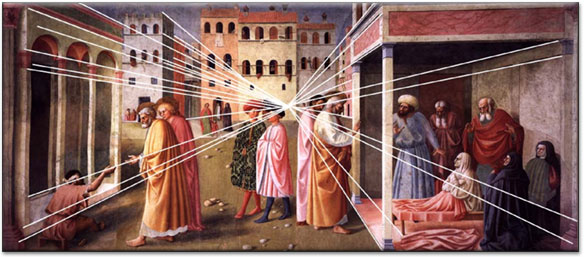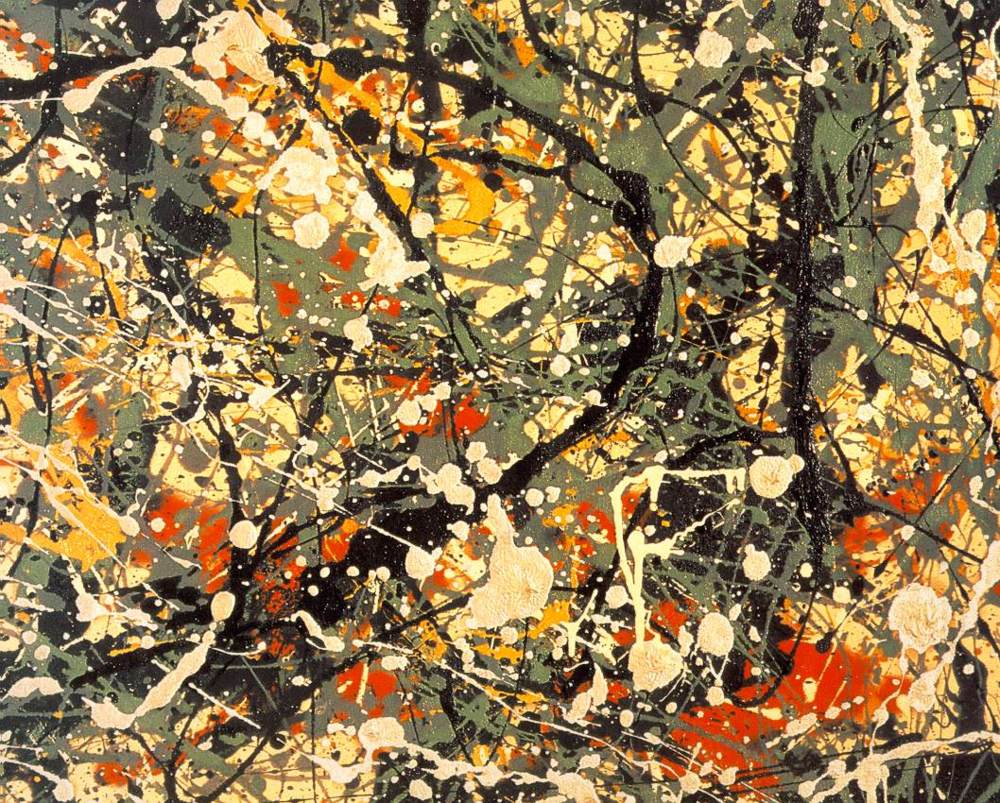Week 4: Art, Technology, and Medicine
Art, medicine, and technology have been greatly
influenced by each other.
One of the more extreme ways that artists use medicine
for art is through body modifications. Quite a few people already modify their
bodies through piercings and tattoos but certain artists take their art a bit
further and surgically modify their bodies. One such artist is Orlan. From 1990
to 1995, she underwent nine surgical operations in order to gain features of
women from famous artwork like the Mona Lisa or Botticelli’s Venus (Jeffries). She
did this not to make herself beautiful but to “disrupt the standards of beauty”
(Frank).
Professor Kevin Warwick underwent an unconventional surgery
in order to advance the advance the field of cybernetics. In his procedure he
implanted a device into the medial nerves of his left arm that allows him to
link his nervous system to a computer ("Kevin Warwick - Home Page." ).
This work has potential implications in creating cybernetic limbs for amputees.
I am further impressed by this medical procedure because I did not know we even
had the technology to allow a person’s nervous system to communicate with
computers.
Virtual reality is a rapidly advancing technology
which has been found to have soothing functions for patients. Professor Diane
Gromala suffers from chronic pain but has that virtual reality programs actually
help reduce the pain she experiences. (Gromala) Virtual reality has also found
an application in treating burn victims. Some patients still suffering from pain
from old burns have responded positively to virtual experiences that place them
in a cold environment ("Virtual Penguins A Prescription For Pain?").
Works Cited
Frank,
Priscilla. "ORLAN Talks Plastic Surgery, Beauty Standards And Giving Her
Fat To
Madonna (PHOTOS, INTERVIEW,
NSFW)." TheHuffingtonPost, 29 Jan. 2013. Web. 26 Apr. 2015. <http://www.huffingtonpost.com/2013/01/29/performance-artist-orlan- interview-beauty-surgery_n_2526077.html>.
Gromala,
Diane. "Curative Powers of Wet, Raw Beauty." TEDxAmericanRiviera. 26
Apr. 2015. Lecture.
Jeffries,
Stuart. "Orlan's Art of Sex and Surgery." The Guardian, 1 May 2009.
Web. 26 Apr. 2015.
<http://www.theguardian.com/artanddesign/2009/jul/01/orlan-performance-artist- carnal-art>.
"Kevin
Warwick - Home Page." Kevin Warwick. The University of
Reading, n.d. Web. 26 Apr. 2015.
<http://www.kevinwarwick.org/>.
"Virtual
Penguins A Prescription For Pain?" NPR, 12 Feb. 2012. Web. 26 Apr. 2015. <http://www.npr.org/2012/02/12/146775049/virtual-penguins-a-prescription-for-pain>.












